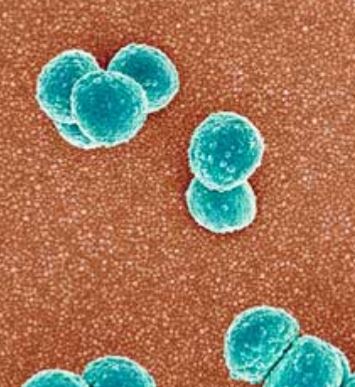
In 2007, researchers at University of Gothenburg, Sweden published the first in a series of studies showing massive pollution with antibiotics from pharmaceutical factories in India. In connection with the ongoing UN General Assembly in New York, a declaration was approved that underlines the risks and calls for measures to reduce pollution.
– The UN-declaration is an important contribution to the fight against antibiotic resistance, not the least because it underscores the role of the environment and identifies several necessary actions, says Joakim Larsson, professor in environmental pharmacology at the Sahlgrenska academy, University of Gothenburg, Sweden.
Two of the items in the UN-declaration, 76 and 91, specifically address the industrial discharges. Here, the research from the University of Gothenburg has played a critical role.
Rocket-high concentrations of antibiotics
The wastewater and the polluted waterways in India investigated by Joakim Larsson and his team had concentrations that in some places exceeded those found in the blood of patients taking medication. Concentrations detected were up to a million times higher than those normally found in municipal wastewaters.
– Resistant bacteria thrive and develop in these environments in an exceptional way. When bacteria become resistant it means that our antibiotics become ineffective. High emissions of pharmaceuticals from manufacturing have later been demonstrated across the world, says Joakim Larsson.
For almost two decades, he has done research on antibiotic pollution and assisted authorities, politicians, journalists and others with expert knowledge. During the past two years, he has also been a consultant for the World Health Organization, WHO, developing a global standard for the management of pollution from antibiotic manufacturing, which was released in September 2024.
Lack of regulation
– It may come a surprise to many, but discharges of antibiotics are almost never regulated specifically, neither in Europe nor elsewhere. The Indian government proposed a law in 2020, based on discharges limits a former PhD student and I developed. But lobbying from Indian industry stalled the process, Joakim Larsson explains.
With a global WHO-standard, and the new UN-declaration, opportunities are much greater for both legal actions as well as other incentivising actions, such as including criteria on pollution control during procurement, and for investors to put pressure on the drug companies.
– During the past two decades, a global agreement has gradually developed that it is insufficient with actions within healthcare and the animal sector to limit antibiotic resistance development. The environment plays important roles as well, not the least in that novel resistance genes are transferred from harmless environmental bacteria to bacteria that cause disease, and thus make them difficult to treat, says Joakim Larsson.
- UN-declaration: Political Declaration of the High-level Meeting on Antimicrobial Resistance, https://www.un.org/pga/wp-content/uploads/sites/108/2024/09/FINAL-Text-AMR-to-PGA.pdf
- WHO-guidance on antibiotic pollution: New global guidance aims to curb antibiotic pollution from manufacturing, https://www.who.int/news/item/03-09-2024-new-global-guidance-aims-to-curb-antibiotic-pollution-from-manufacturing
- Joakim Larsson’s research: https://www.gu.se/en/biomedicine/about-us/department-of-infectious-diseases/joakim-larsson-group
- Centre for Antibiotic Resistance Research in Gothenburg (CARe): https://www.gu.se/en/care
